The Tea Enthusiast’s Handbook: A Guide to Enjoying the World’s Best Teas
AROUND THE WORLD IN A TEACUPDid you know that tea is the most widely consumed beverage on the planet after water? Or that all of the world’s tea originates from only three varieties of a single plant? While a cup of tea may be a simple pleasure for most of us, there are a dizzying
AROUND THE WORLD IN A TEACUP
Did you know that tea is the most widely consumed beverage on the planet after water? Or that all of the world’s tea originates from only three varieties of a single plant? While a cup of tea may be a simple pleasure for most of us, there are a dizzying number of tastes from which to choose. And every tea, whether a delicately sweet green tea from Japan or a bracing, brisk Darjeeling black, tells a story in the cup about the land that nurtured it and the tea-making skills that transformed it.
In this authoritative guide, veteran tea professionals Mary Lou and Robert J. Heiss provide decades of expertise on understanding tea and its origins, the many ways to buy tea, and how to explore and enjoy the six classes of tea (green, yellow, white, oolong, black, and Pu-erh). Additional advice on steeping the perfect cup and storing tea at home, alongside a gallery of more than thirty-five individual teas with tasting notes and descriptions make The Tea Enthusiast’s Handbook a singular source of both practical information and rich detail about this fascinating beverage.
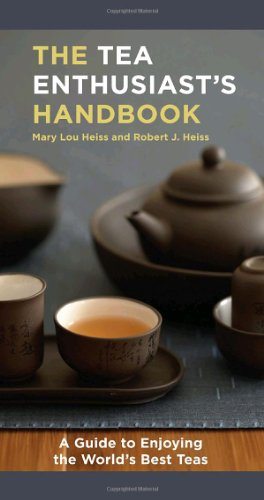

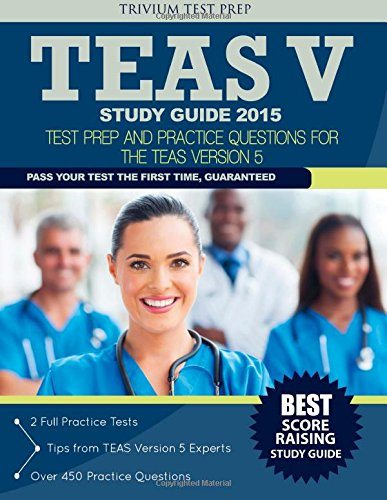
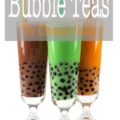
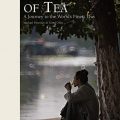
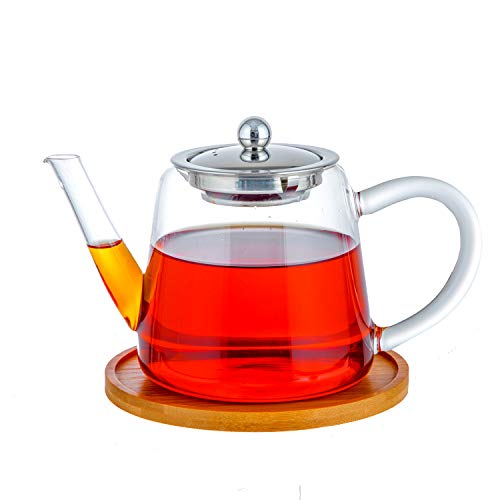


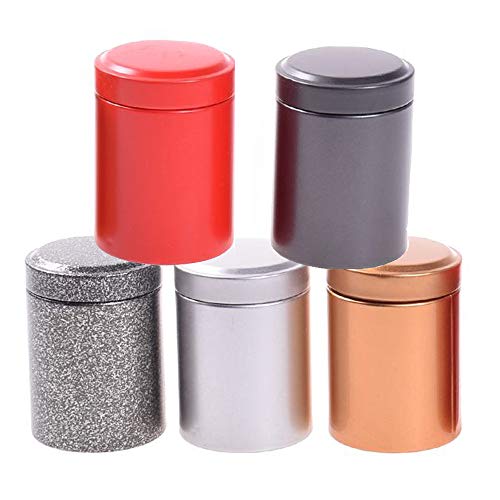
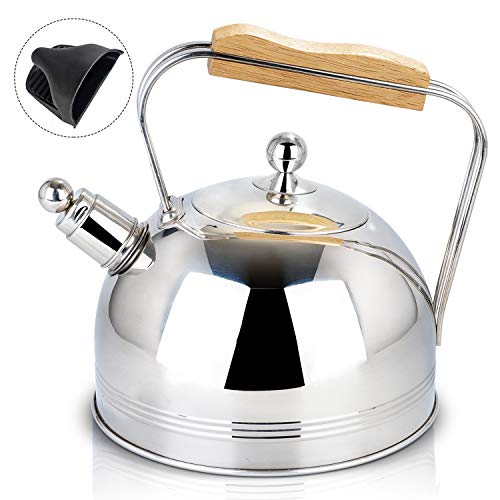
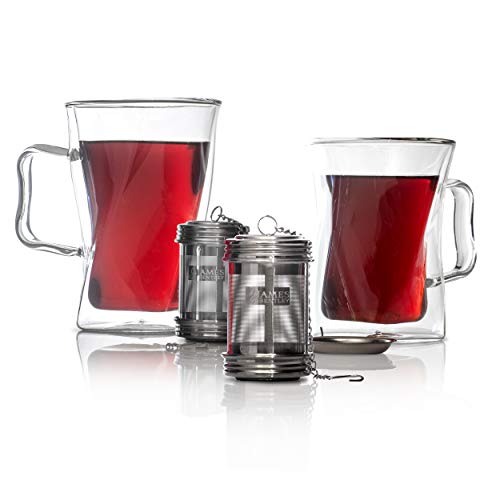

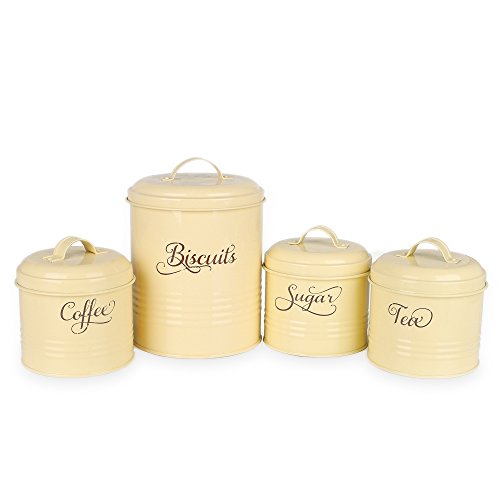
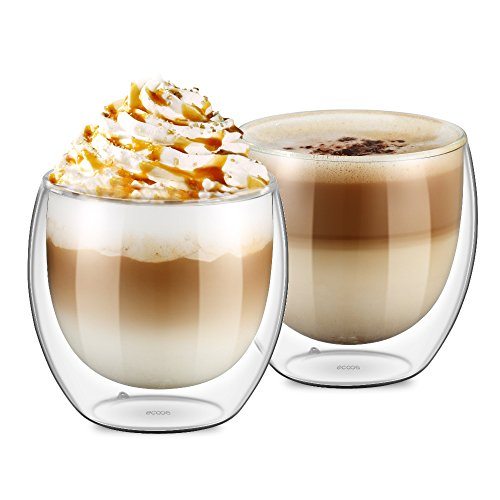
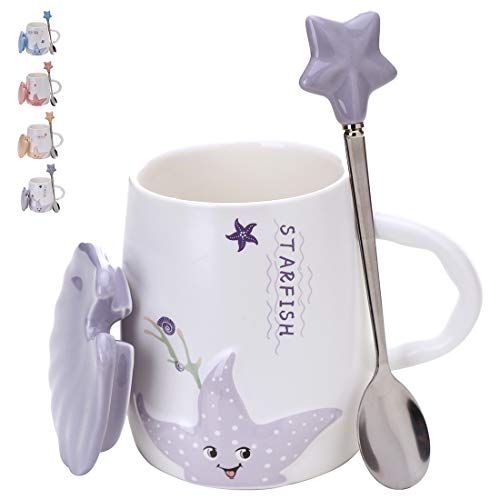
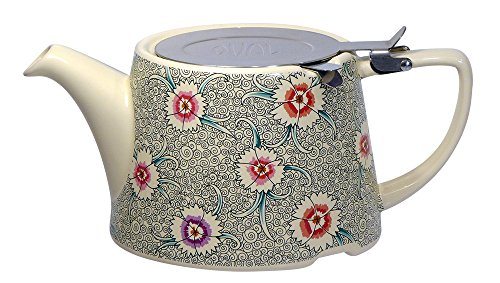
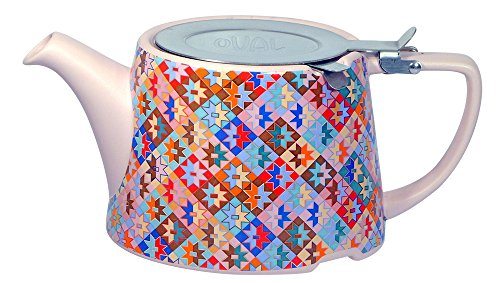
A Game Changing Book About Tea There are few books about tea that add to the discussion about tea in any meaningful way, but Mary Lou and Robert Heiss’s new book, ‘The Tea Enthusiast’s Handbook’ is one of them. This is a book about quality, although they sidestep the word because it has very little meaning in the industry, and instead use the word ‘soundness’, saying “We prefer to begin judging the potential merits of a tea by evaluating its soundness”.Their book points the reader in a sound direction. Serious students of tea may find that they disagree with some of the details, but it is indisputable that the path to the world’s best teas is clearly defined in this book. The international tea industry has never been clear about this path because it points to China and unblended, unflavored tea, and the established industry has a hard time delivering such tea to consumers. Even though teas from other areas are mentioned, the heart of the book is about Chinese tea. China, after all, is where tea…
Big book, small package The authors know tea. More importantly, they know how to make the world of tea accessible and interesting to all levels of steepers. Literally a “handbook,” this small volume fits comfortably in the palm and packs quite a punch. A majority of the book’s information is devoted to explaining the six classes of tea by describing processing techniques, mapping growing regions, and showing the leaves and liquor of specific teas, such as Tung Ting oolong. New to purchasing tea? Follow their well-informed advice on deciphering pricing, freshness and seasonality, and how to brew a proper cup. And make sure to flip to the glossary in the back to expand your tea vocabulary even further.Don’t be deceived by its small size-this book is a must-have for the tea enthusiast!
Excellent historial handbook on “real” tea This book explains what real tea is. All tea comes from one plant and variations on that one plant. It also talks about the six types of tea from least processed to most processed (green, yellow, white, oolong, black, and Pu-erh). You’ll learn about tea processing in the countries of origin (China, Japan, Sri Lanka, India, etc.) and the different variations of tea and how the leaves should look and the tea should taste. There are also pictures of the brewed tea being described so you can get an idea of the liquid in your cup.If you are looking for recipes or information about what the West calls tea but really isn’t tea (like herbal infusions or tisanes), then you won’t find information on that in this book. This book is strictly about real tea from the countries of origin that come from the camellia sinesis plant. I love this handbook and am impressed with the education I received just from reading it.